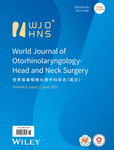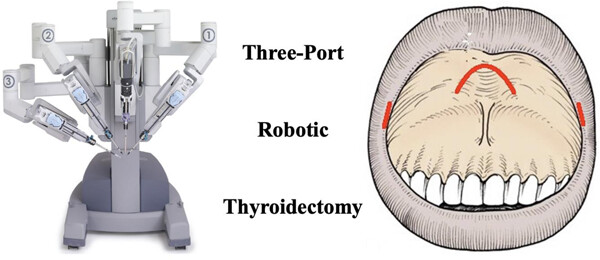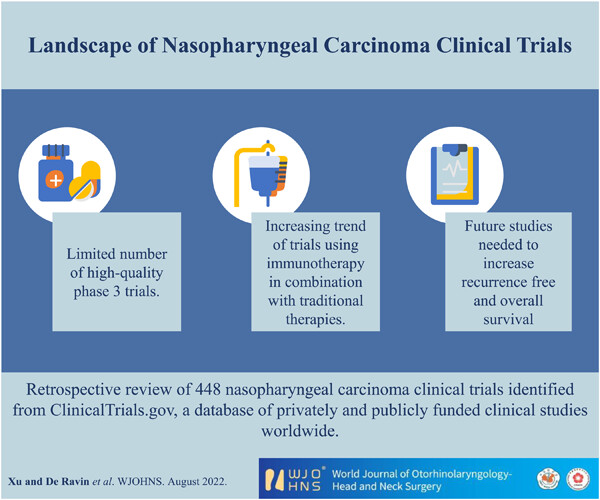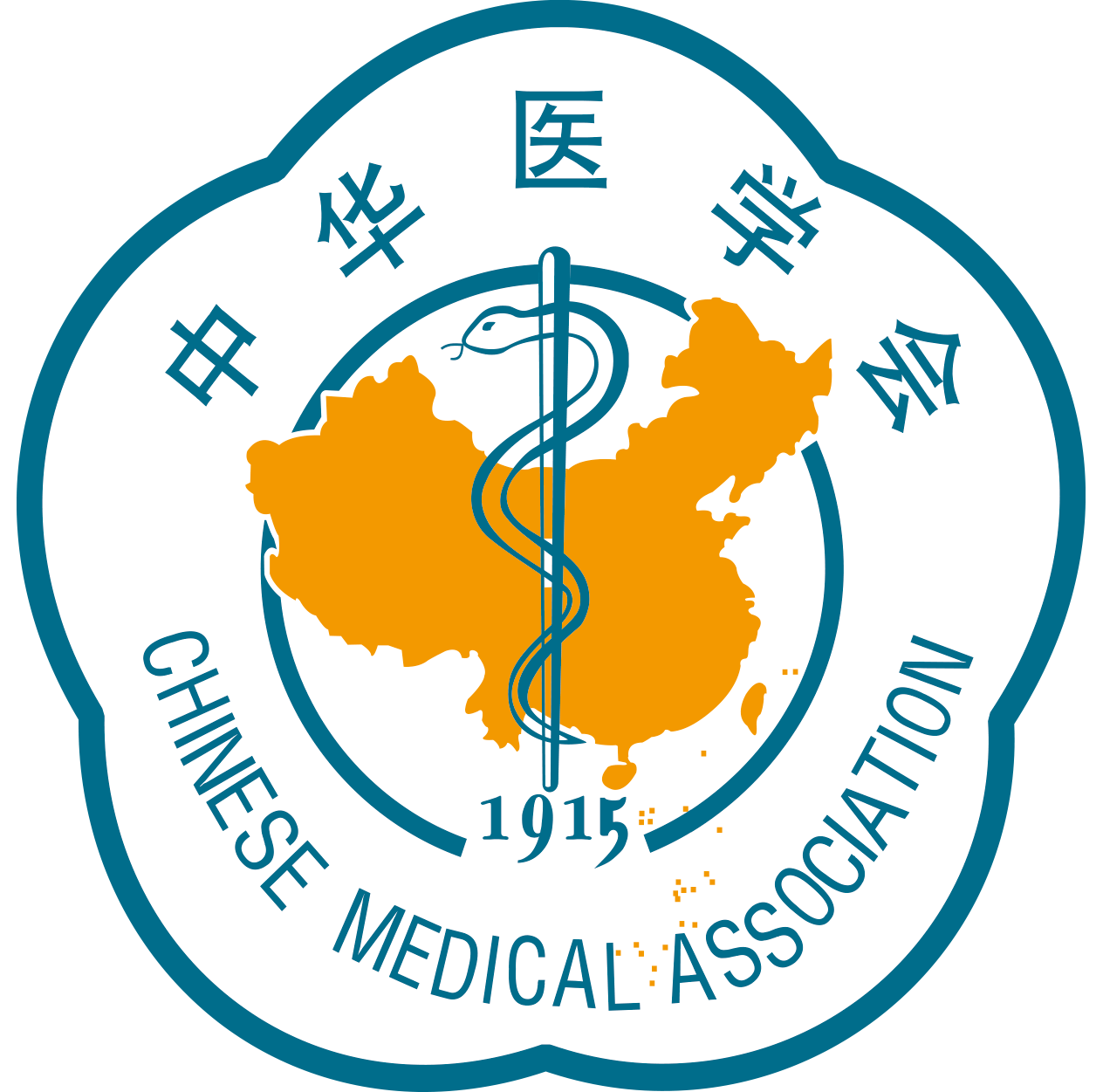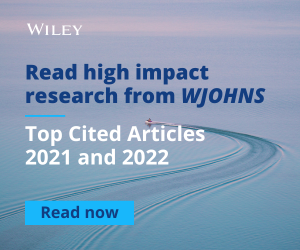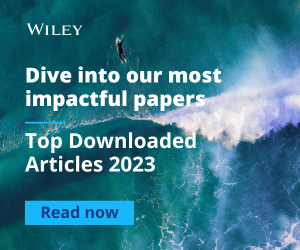Journal list menu
Export Citations
Download PDFs
TABLE OF CONTENTS
REVIEW ARTICLES
A proposed association between subjective nonpulsatile tinnitus and migraine
- Pages: 107-114
- First Published: 13 October 2022
Carcinosarcoma of the nasal cavity and paranasal sinuses: Review of the national cancer database
- Pages: 115-122
- First Published: 27 October 2022
-
The demographics and outcomes for a cohort of 30 patients with sinonasal carcinosarcoma were described.
-
Seventy-six percent of patients were treated with surgery followed by adjuvant radiotherapy.
-
1- and 5-year survival from the time of diagnosis were 79.2% and 43.3% respectively.
-
Neither surgical intervention, patient sex, nor patient age independently predicted survival outcomes.
Surgical management of facial dog bite trauma: A contemporary perspective and review
- Pages: 123-130
- First Published: 26 September 2022
Using injectable fillers for chin and jawline rejuvenation
- Pages: 131-137
- First Published: 28 March 2023
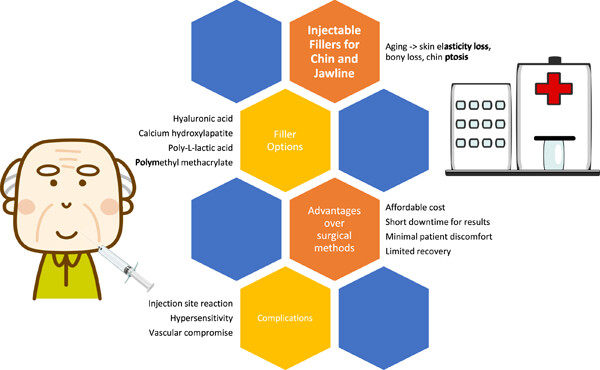
A variety of injectable fillers are available for nonsurgical jawline rejuvenation in the aging face. Major advantages include relatively affordable cost, minimal downtime for results, reduced patient pain, decreased recovery times, and absence of surgical incisions. The patient should be counseled on short- and long-term complications, as well as the limitations of injectable fillers.
RESEARCH PAPERS
Three-port transoral robotic thyroidectomy without axillary incision: A preliminary report of 20 cases in China
- Pages: 138-143
- First Published: 19 October 2022
Changes in otolaryngology application requirements and match outcomes: Are we doing any better?
- Pages: 144-152
- First Published: 02 October 2022
A retrospective analysis of pain and opioid usage in head and neck free flap reconstruction
- Pages: 153-159
- First Published: 12 January 2023
Gender analysis of the top classic papers in otolaryngology head and neck surgery
- Pages: 160-167
- First Published: 22 June 2022
-
The aim of this study was to identify the characteristics of the top 150 most-cited articles in otolaryngology over the past 75 years.
-
The majority of papers were from the United States, written in the 2000s, and in the fields of otology and rhinology.
-
Nineteen percent of papers (n = 28) in the top 150 were written by women, closely mirroring the percentage of women in otolaryngology.
-
The percentage of female authorship significantly increased from papers published earlier to those published later; however, female first authorship did not change significantly.
-
Future efforts to identify targets for continuing and improving gender inclusivity and diversity should be pursued.
Significance of age and sex in botulinum neurotoxin dosing for adductor spasmodic dysphonia
- Pages: 168-173
- First Published: 29 January 2023
-
Significant findings of the study: The younger cohort received higher doses of botulinum neurotoxin (BoNT-A) and experienced a shorter length of benefit, but the maximal benefit achieved was similar to the older cohort. Females received higher doses of BoNT-A with other outcome metrics similar to males.
-
What this study adds: This study represents the most highly powered publication to date addressing the impact of age and sex on the nature and efficacy of BoNT-A treatment for adductor spasmodic dysphonia. Its findings can assist physicians in patient counselling and BoNT-A dose selection.
A comprehensive review and characterization of nasopharyngeal carcinoma clinical trials
- Pages: 174-182
- First Published: 30 September 2022
Current practices regarding middle turbinate resection among otolaryngologists
- Pages: 183-188
- First Published: 23 November 2022
-
Resection of the middle turbinate during endoscopic sinus surgery is a controversial topic among otolaryngologists.
-
The majority of survey participants (97.6%) stated that they would resect the middle turbinate in certain clinical situations.
-
Otolaryngologists were significantly more likely to perform a middle turbinate resection during revision endoscopic sinus surgery compared to primary surgery.
-
The complication of greatest concern among participants was iatrogenic frontal sinus obstruction, while empty nose was of the least concern.
-
When compared to general otolaryngologists, fellowship-trained rhinologists were less concerned about potential complications following MT resection and were more likely to perceive an extreme or moderate benefit from turbinate resection postoperatively.
AUTHOR GUIDELINES
MEMBER LIST OF THE SECOND EDITORIAL BOARD OF WORLD JOURNAL OF OTORHINOLARYNGOLOGY-HEAD AND NECK SURGERY
Member List of the Second Editorial Board of World Journal of Otorhinolaryngology-Head and Neck Surgery
- Page: 197
- First Published: 27 June 2023




